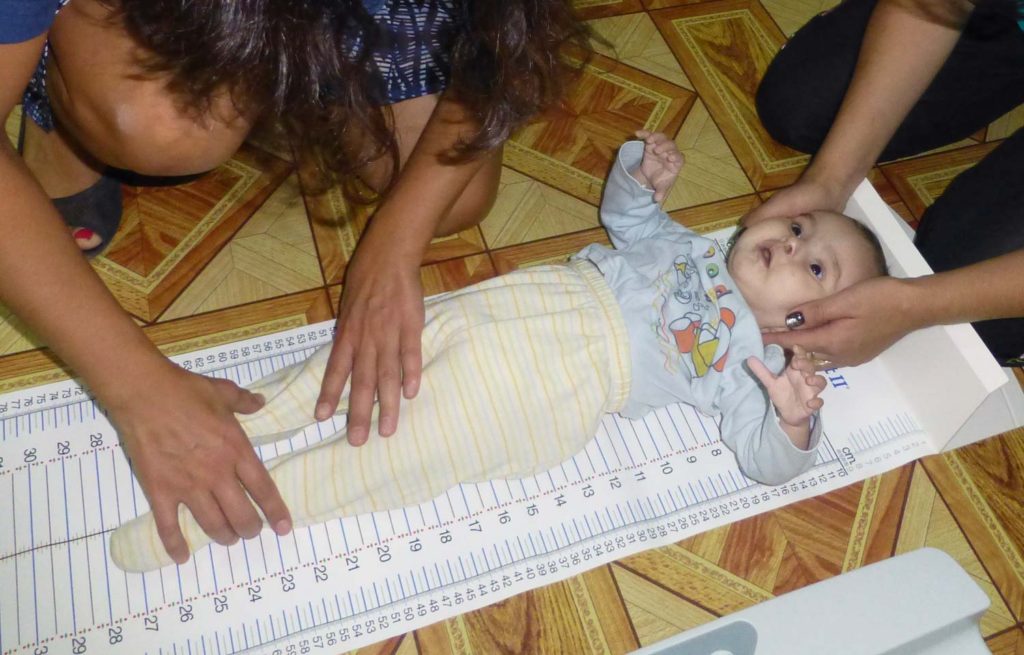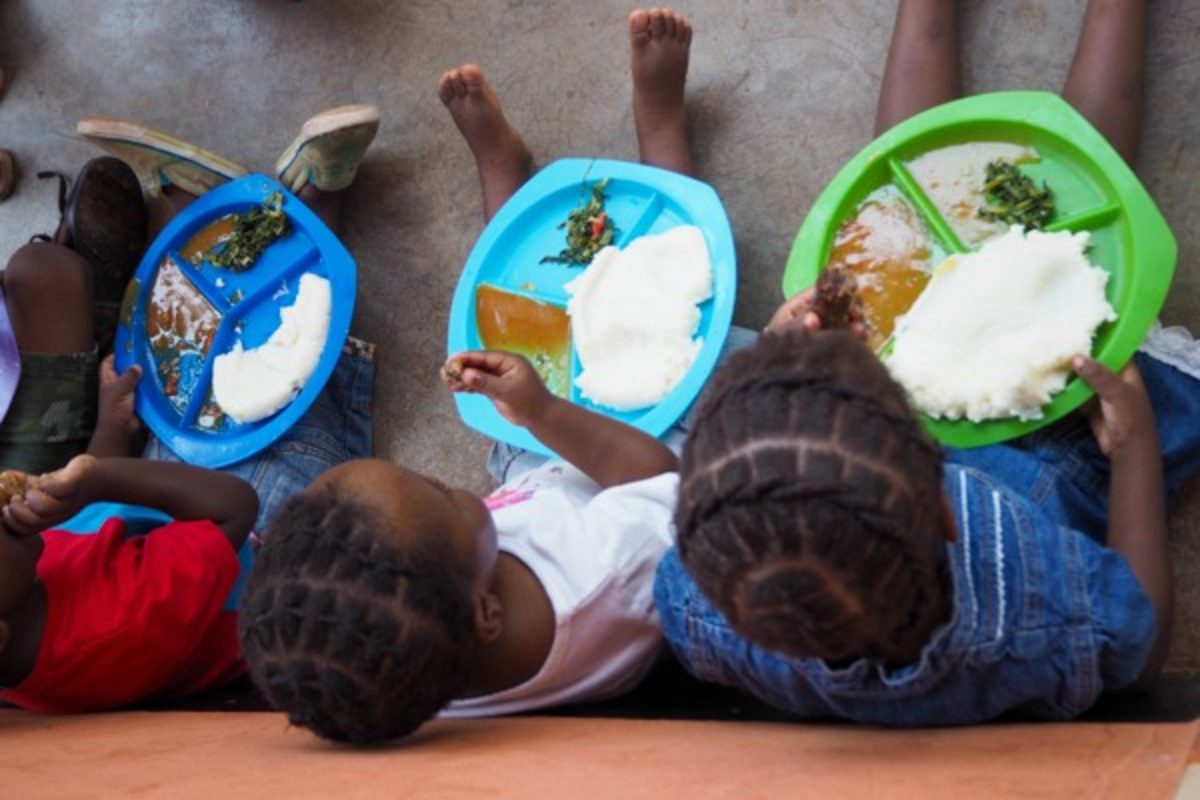Children with disabilities and children without family care face some of the highest risks of malnutrition. Three recent articles call attention to the urgent need to extend nutrition services to these vulnerable groups of children. They explore prevalence of disability worldwide, the impact of institutionalization on growth for young children, and how COVID-19 is affecting child malnutrition. This post summarizes these articles and shares how they link with SPOON’s work.
This research brings even more urgency to SPOON’s work to combat malnutrition for children with disabilities and children without family care. While there is a need for more research on nutrition among these groups, it is undeniable that a significant global population of children with disabilities and children in institutions are facing high risks of malnutrition. COVID-19 is increasing these threats through poverty, food insecurity, and interruptions in nutrition services. We must prioritize vulnerable children in the global response to COVID-19, and scale up our efforts to improve nutrition for ALL children.
Estimating the number of children with disabilities
 A recent article in Pediatrics provides a new estimate for the number of children living with disabilities worldwide.
A recent article in Pediatrics provides a new estimate for the number of children living with disabilities worldwide.
Using data from the Global Burden of Disease study, the authors (Olusanya, Wright, & Nair) estimated the number of children and adolescents living with childhood epilepsy, intellectual disability, and vision or hearing loss. They found that 291.2 million children and adolescents had at least one of the four types of disability included in the study. Of these, 275.2 million children lived in low- and middle-income countries, and disability was more prevalent in older age groups. Previous research has shown that children with disabilities are at high risk for malnutrition. While the study does not capture all types of disability and there are known gaps in data availability around child disability, the estimate does represent a large increase from the previous estimate of 93 million children from 2004. This is most likely due to improvements in data availability and identification of disabilities, rather than an increase in the prevalence of disability.
Linking Institutionalization and Poor Growth

The Lancet Commission on institutionalization and deinstitutionalization of children brought together a group of experts, including SPOON Board Member Dr. Dana Johnson, to review research on the institutionalization of children. The literature review by IJzendoorn et al. shows that there are an estimated 6 million children living in institutions, many of whom have disabilities. Institutionalization impairs children’s growth and development including physical growth, brain development, cognitive development, and attentional capacity. Children living in institutions had lower heights and weights than non-institutionalized children of the same age.
“Growth is dependent not only on food but on the combination of nurture and nutrition. Children need both to truly thrive.”
Dana E. Johnson, MD, PhD
SPOON Board of Trustees

Researchers also found associations in other areas such as attachment, adverse effects on physical health, and socioemotional development. The Commission found that returning children to family-based care was associated with substantial recovery in most areas, with better outcomes the earlier family placement occurred. In a second article, the Commission provided policy recommendations focused on ending institutionalization by reforming child protection services and providing alternatives to institutionalization, with the ultimate goal of ensuring family care for every child.
COVID-19 and Malnutrition
 The COVID-19 pandemic and associated lockdowns have had a dramatic effect on child nutrition, especially for children who are already at high risk for malnutrition.
The COVID-19 pandemic and associated lockdowns have had a dramatic effect on child nutrition, especially for children who are already at high risk for malnutrition.
While the exact size of this increased risk remains unknown, a commentary in the Lancet by Heady et al. looks at some of the projected effects and calls for urgent action. The World Food Program estimated that 265 million people in low- and middle-income countries will face food insecurity in 2020, nearly twice the number from 2019. Nutrition services are also being interrupted, with UNICEF estimating a 30% average drop in nutrition services due to COVID-related lockdown measures. Because of the new hazards in an already fragile context, the authors predict that there could be an increase of around 14% in child wasting due to the economic effects of COVID-19, and more than 125,000 additional child deaths from child malnutrition. The commentary calls for urgent action to prevent these scenarios, joining the call to action published by the leaders of 4 UN agencies in July.


